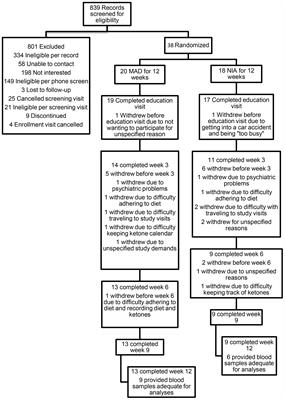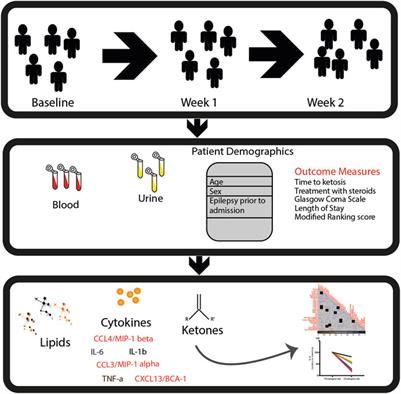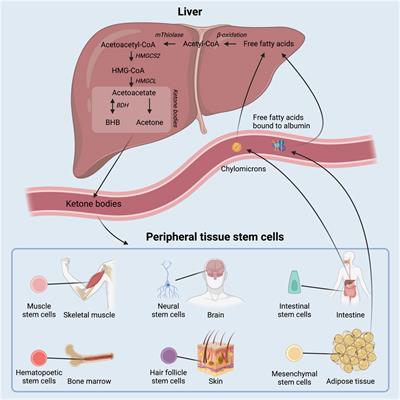EDITORIAL
Published on 22 Mar 2024
Editorial: Ketone bodies: friend or foe?
doi 10.3389/fendo.2024.1400206
- 1,028 views
8,018
Total downloads
21k
Total views and downloads
EDITORIAL
Published on 22 Mar 2024
ORIGINAL RESEARCH
Published on 04 Mar 2024

ORIGINAL RESEARCH
Published on 23 Oct 2023

MINI REVIEW
Published on 31 Aug 2023

ORIGINAL RESEARCH
Published on 27 Sep 2022

ORIGINAL RESEARCH
Published on 30 Mar 2022

